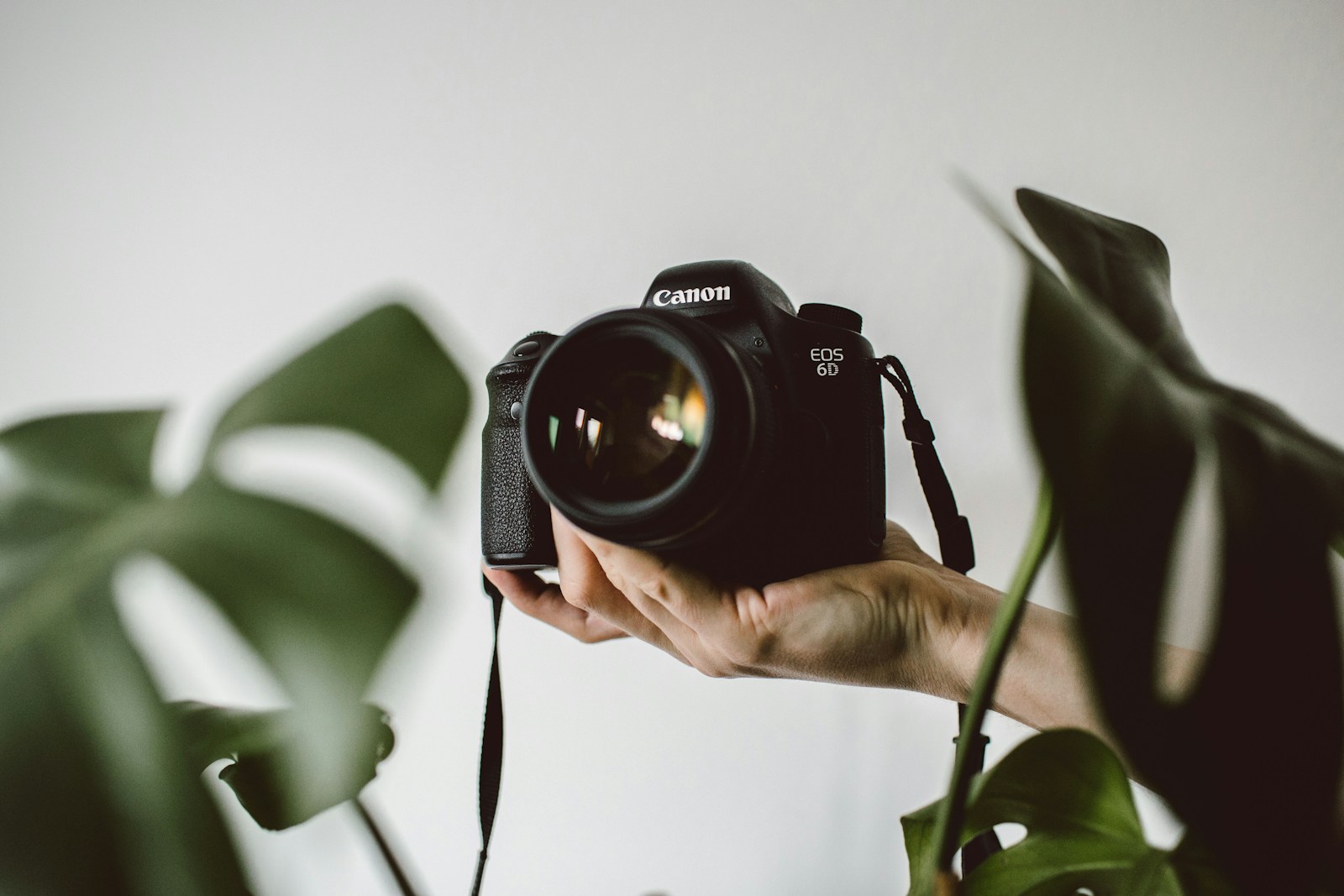In a world that often feels cluttered with information, visuals, and experiences, minimalist photography emerges as a breath of fresh air, inviting viewers into a serene, uncluttered space. This art form is not just about taking photographs with less in them; it’s about capturing the essence of simplicity, where every element serves a purpose, and nothing is superfluous. In this blog, we delve into the captivating world of minimalist photography, exploring how to master this elegant art form and why it resonates so deeply with both photographers and viewers alike.
Understanding Minimalist Photography
Minimalist photography is a genre that emphasizes simplicity, using minimal elements to convey a broader message or emotion. It’s about stripping down to the basics, focusing on composition, colors, lines, and textures to create a powerful image with minimal components. This style of photography can transform the mundane into the magnificent, turning a simple shadow or a lone building into a work of art. It encourages photographers to view the world differently, seeking beauty in simplicity and order in the chaos.
The Beauty of Less
The mantra of minimalist photography is “less is more.” This approach challenges photographers to make more with less, requiring a keen eye for detail, composition, and lighting. The beauty of minimalist photography lies in its ability to evoke emotions and tell a story through simplicity. A single line, a splash of color, or a unique texture can become the focal point, leaving room for the viewer’s imagination to explore the image’s depths. This simplicity often results in a more profound impact, creating a memorable and thought-provoking piece.
Mastering the Art of Simplicity
To excel in minimalist photography, there are several key aspects to consider:
- Composition is King: The composition is the cornerstone of minimalist photography. Careful consideration of how elements are arranged within the frame can transform an ordinary scene into a compelling image. Use the rule of thirds, leading lines, and negative space to guide the viewer’s eye and emphasize your subject.
- Embrace Negative Space: Negative space, or the empty space around and between the subjects of an image, plays a crucial role in minimalist photography. It helps to highlight the main subject, creating a sense of balance and focus. Embrace the emptiness; let it speak as loudly as the subjects themselves.
- Focus on Color and Texture: Minimalist photography often features a limited color palette, using bold colors or monochromatic shades to draw attention. Textures can also add depth and interest to a simple composition, providing a tactile element to the visual simplicity.
- Find Beauty in the Everyday: The essence of minimalist photography is finding extraordinary beauty in ordinary subjects. Look for simple scenes and objects that you would normally overlook. A shadow, a wall, a lone tree – each has the potential to be a minimalist masterpiece.
- Experiment and Edit: Experimentation is key in minimalist photography. Try different angles, lighting, and compositions to find the most compelling image. In post-processing, editing should be minimal but impactful, enhancing the simplicity and focus of the photograph.
Why Minimalist Photography Resonates
Minimalist photography has a universal appeal, resonating with viewers for its clarity, tranquility, and elegance. In a fast-paced, complex world, these images offer a moment of peace and simplicity. They remind us of the beauty of the minimal, encouraging us to pause and appreciate the understated elegance around us. For photographers, minimalist photography is a meditative practice, a way to slow down and connect deeply with their surroundings.
In Conclusion
Minimalist photography is an art form that celebrates simplicity, encouraging both photographers and viewers to find beauty in the less. It challenges us to look beyond the obvious, to see the extraordinary in the ordinary. As you embark on your journey into minimalist photography, remember to embrace simplicity, focus on composition, and let the simplicity of your subjects tell their own profound stories. In the world of minimalist photography, simplicity is not just an aesthetic choice; it’s a way of seeing the world, a lens through which we can discover the beauty in the minimal.

